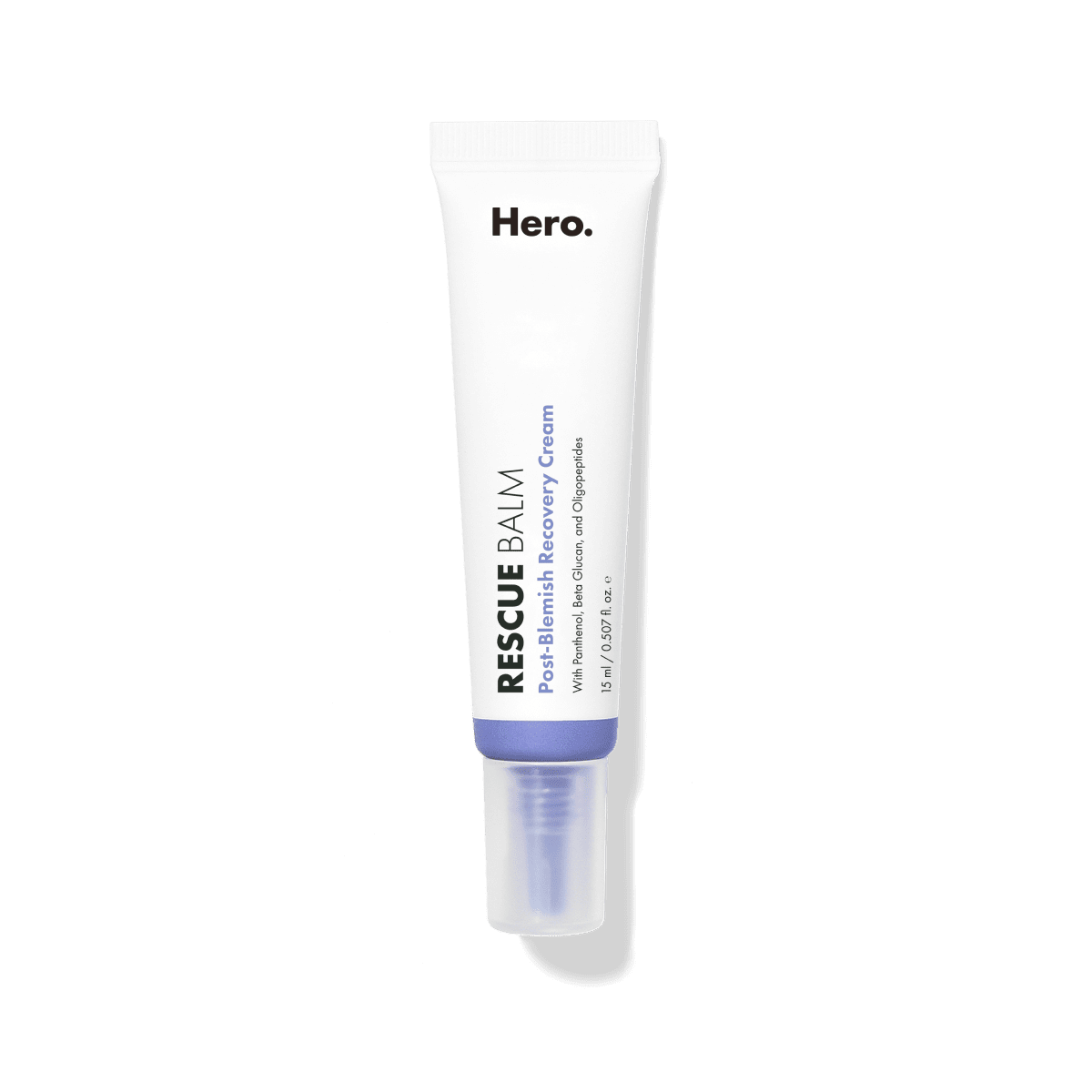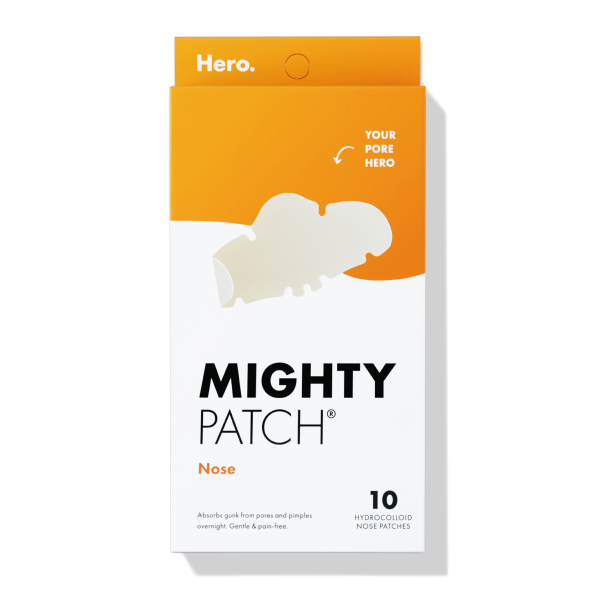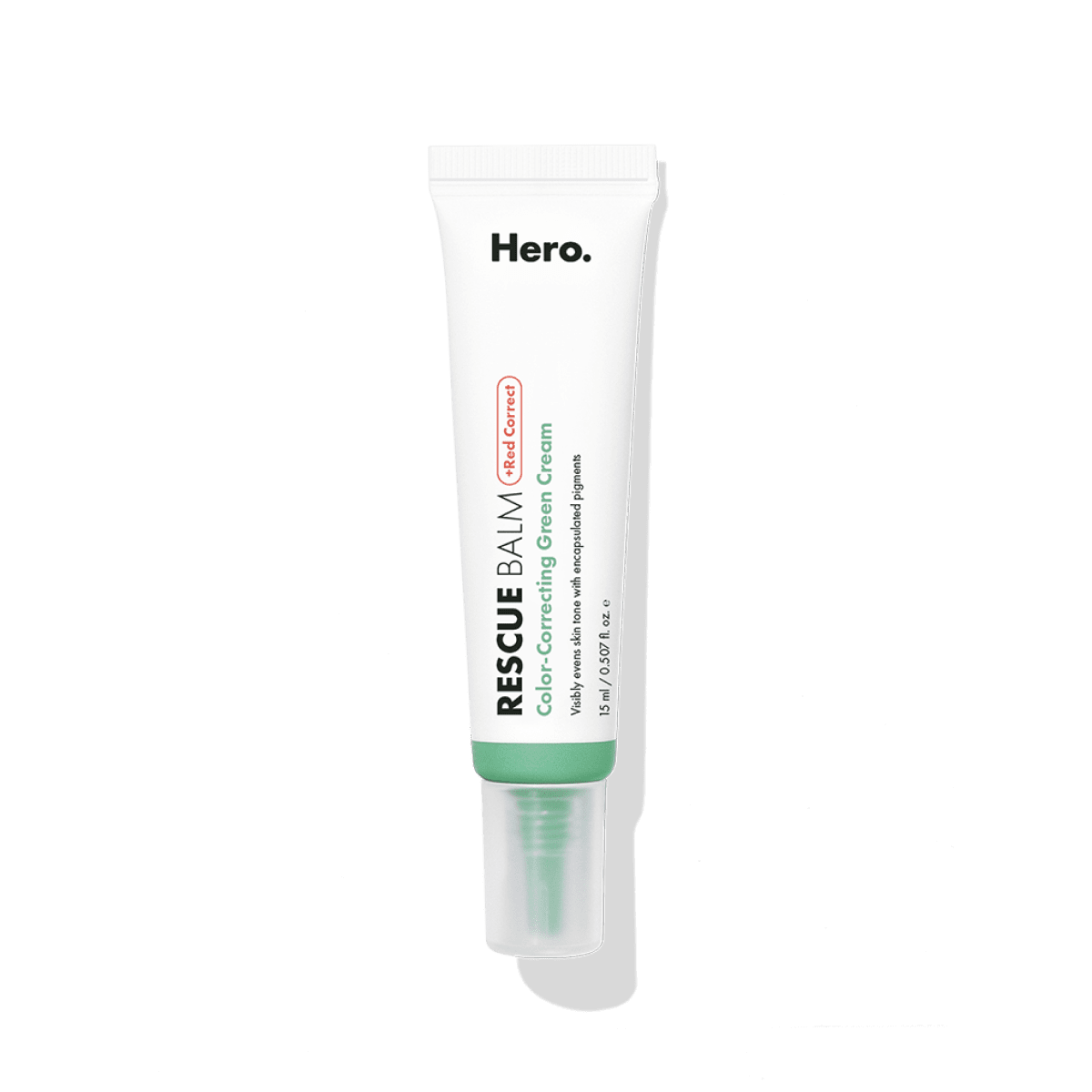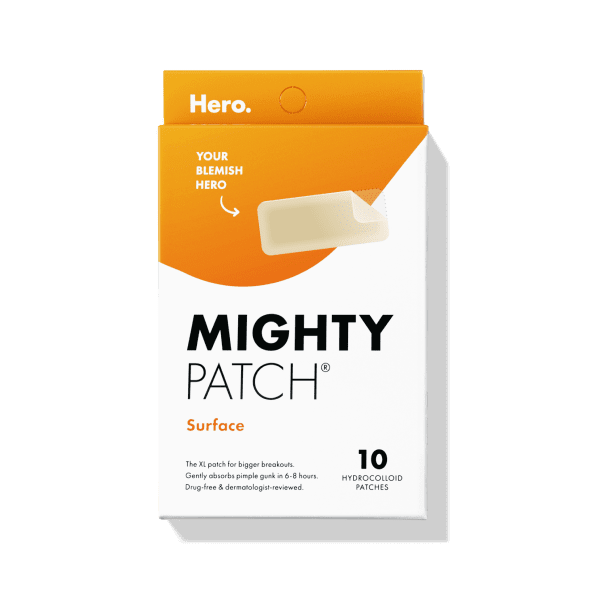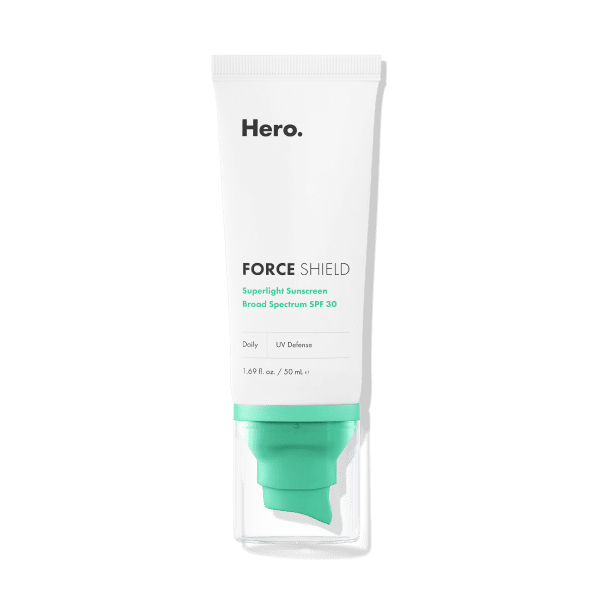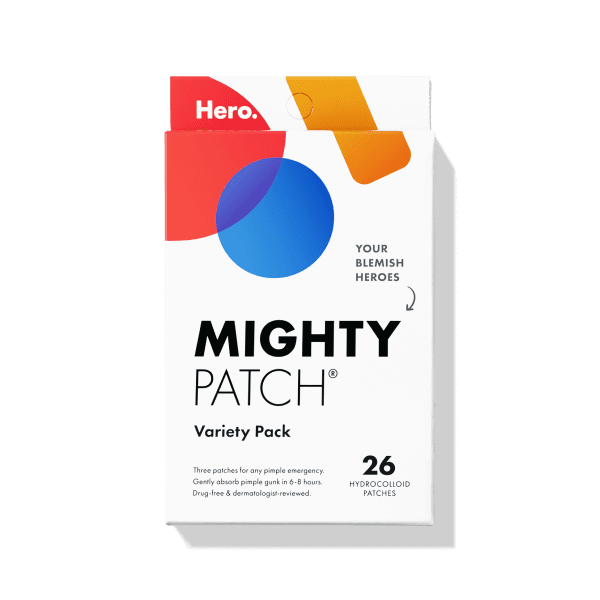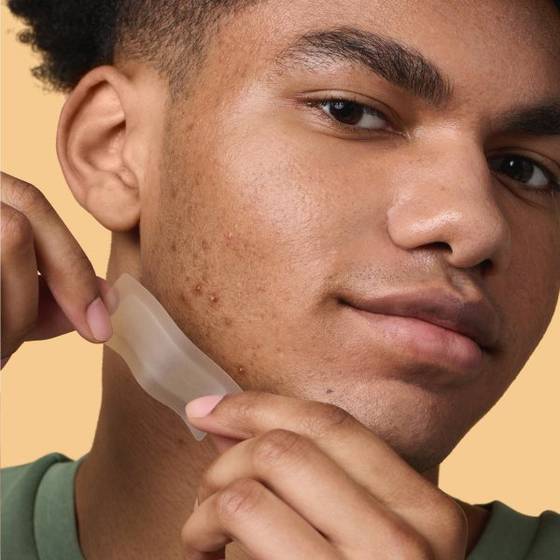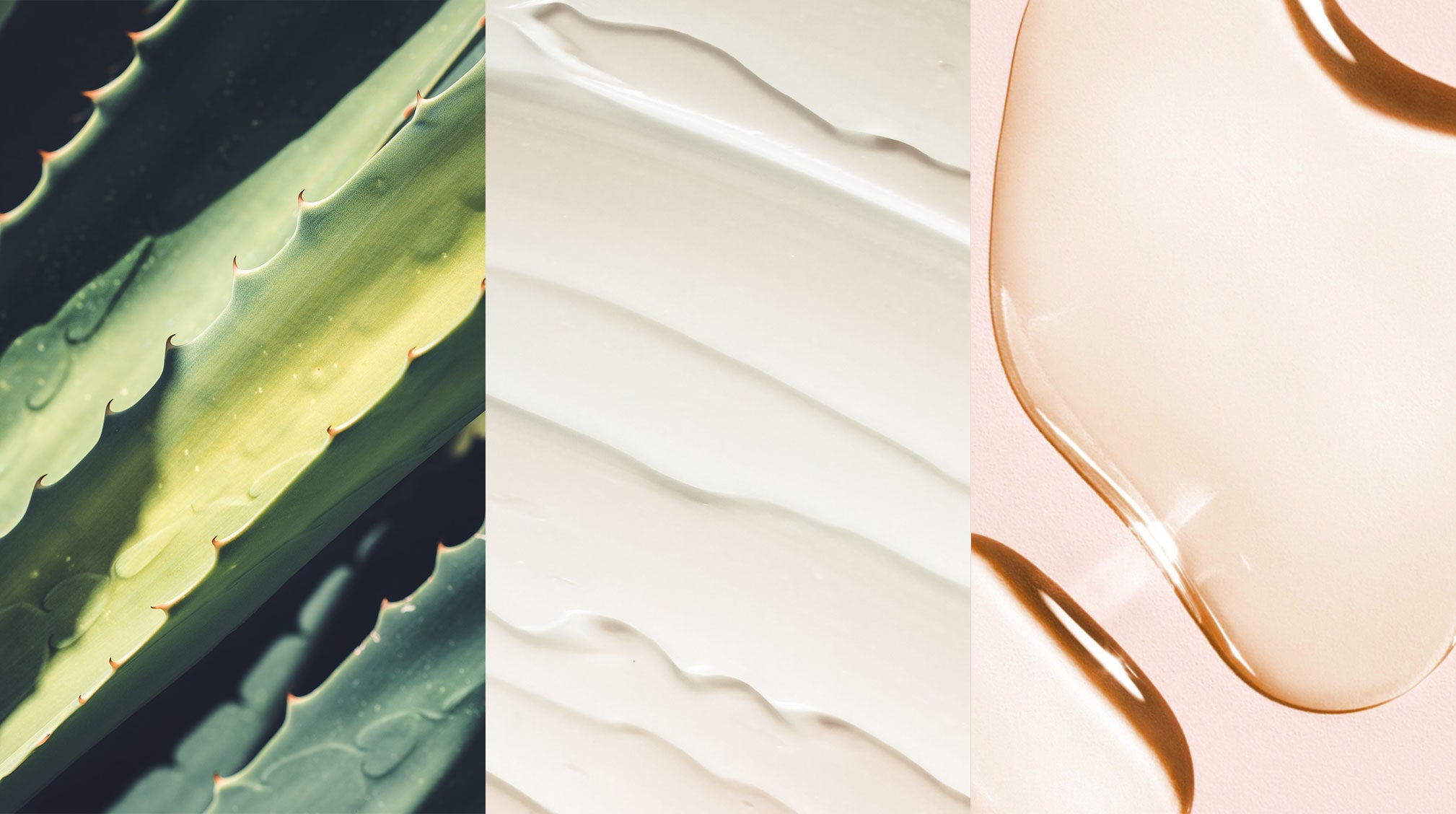
Moisturizing is a must-do in any skincare routine, even for the oiliest of skin types. That’s part of the reason there are so many moisturizers out there. Choosing the right type of moisturizer for your skincare lineup can be overwhelming — thinner for daytime, thicker for night, lighter for summer, heavier for winter (and so on).
Today, we’re going to clear up some of the hydration confusion and break down the three different groups that moisturizer ingredients fall into: humectants, emollients and occlusives. Read on for all of the deets about these three types of moisturizers, the benefits of each and which skin types they work best with.
Your moisturizer cheat sheet
What are the different types of moisturizer?
Humectants
“Humectants pull water into the skin,” says Dr. Susan Bard, an NYC-based, board-certified dermatologist. “Examples include hyaluronic acid, aloe vera, urea and glycerin.” These water-loving ingredients draw moisture from the air or the deeper layers of skin into the outermost layer of the epidermis.
Humectant moisturizers are light and absorb quickly into the skin, which makes them a perfect choice for summertime or acne-prone or oily skin types. Gel-creams, hydro-gels and oil-free moisturizers typically fall into the humectant category.
Emollients
Slightly thicker and richer than humectants, emollients soften skin by helping to smooth and repair any damage on the surface of the skin. Common emollient ingredients — cocoa butter, shea butter, colloidal oatmeal, and squalene and triglycerides (lipids) — are typically found in creams, lotions, ointments and balms.
Emollients are best for dry or aging skin, as they can help to restore the skin’s natural barrier to reduce the appearance of wrinkles and fine lines. Emollients are also great for soothing eczema-prone skin.
Occlusives
“Occlusives create a barrier over the skin to trap moisture,” says Bard. “Many emollients also have occlusive properties, such as petrolatum, lanolin and mineral oil.” For example, the much-loved ointment Aquaphor acts as both an occlusive and emollient, because it softens and smooths skin while also creating an occlusive barrier that helps prevent water loss and protects skin from external irritants.
Waxes, silicone, oils (olive and soybean) and dimethicone are a few of the other most common occlusive agents. Due to their thick, heavy consistency, occlusive moisturizers are best reserved for severely dry or damaged skin.
If you have acne-prone skin and want to use occlusives, it’s important to check that the ingredients are non-comedogenic, so you don’t end up with clogged pores and breakouts. For example, the dimethicone in Rescue Balm creates an occlusive barrier to revive your post-pimple skin, but it is also non-comedogenic, so it won’t clog your pores.
RELATED READ: The 8 Worst Ingredients for Acne-Prone Skin, According to Dermatologists
The bottom line on moisturizers
There isn’t one single best face moisturizer for your skin (as much as we wish there were). Depending on the time of the year, your current skin condition and issues, and your skin type, you may need to include one, two or all three types of moisturizers in your arsenal. That’s why it’s best to find a favorite humectant, emollient and occlusive — so you are 💯 prepared for whatever your skin may throw at you!

